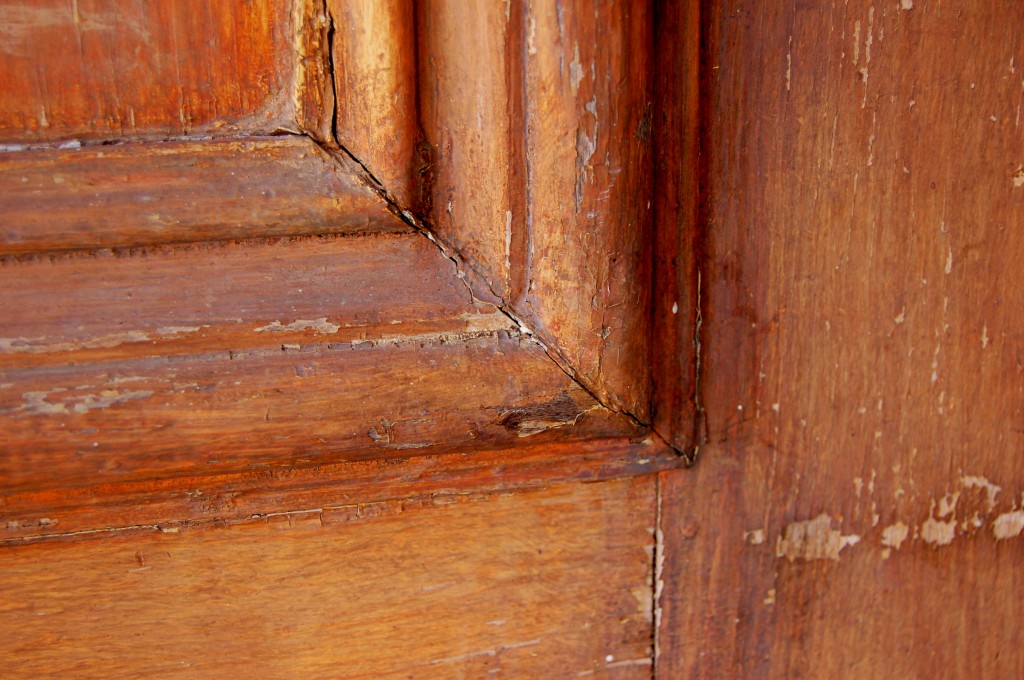
When we read about historic architecture we often encounter the terms restoration, renovation, conservation or rehabilitation. However, these terms have very specific meanings when used in particular contexts which can be quite different from how they are commonly understood. It can be especially confusing when speaking to preservation professionals who use these terms following established definitions. We frequently hear people describe their efforts to “restore” their 1890s home by remodeling or updating the kitchen and plumbing or installing French doors. Is this truly a restoration? Keep reading to find out how a preservation professional uses these terms so we can all be on the same page and avoid confusion.
Restoration: A true restoration is the process of returning a building to its appearance and condition at a specific period in time. This means making a house look exactly like it did at a certain date, including recreating the wallpaper, matching historic paint colors and matching or reproducing fixtures and hardware. True restorations are quite rare and largely limited to house museums like Mt. Vernon or Monticello. Many of the things called restorations really aren’t. The example I gave above of remodeling and updating a kitchen and plumbing is not, in fact, a restoration.
Renovation: If remodeling and updating a kitchen and plumbing is not a restoration, what is it? It is a renovation. Renovation is the process of making something look and function like new. Replacing period HVAC, cast iron plumbing and knob-and-tube wiring or adding French doors is a renovation since you are making an historic building work and function like a new building. Although a renovation can be quite sensitive to the historic nature of a building and preserve as much as possible, it is a different act. Although there can be some overlap between restoration and renovation, it is good to understand the differences.
Rehabilitation: Rehabilitation means something very similar to renovation, but it is often used in a slightly different context. Rehabilitation is the process which seeks to preserve the historical portions or features of a building while making the building compatible with a new use. A good example is rehabilitating a brick, 1870’s horseshoe factory to be used as lofts or commercial space. This term is often used in conjunction with tax credits which encourage the preservation of historic building for contemporary, income-producing businesses.
Conservation: Conservation is also fairly rare and normally done in house museums. Conservation is the preservation of particular building features for the future. In other words, it is the process of arresting decay or decline so that the original workmanship and materials survive as they are now found. This might mean cleaning and protecting a fresco in a church so that it doesn’t continue to be degraded by leaking water or soot. It is different from restoration because restoration would mean returning the fresco to its appearance when the church was built. However, restoration can be a destructive process because, in order to make the fresco appear new, you would have to alter or destroy some of the original workmanship. Sometimes the materials and workmanship have such historical value that we simply halt their decay and leave things as they are so that we can appreciate them as examples of historic craftsmanship.
0 Comments